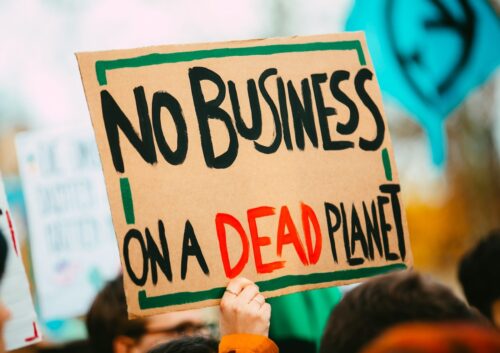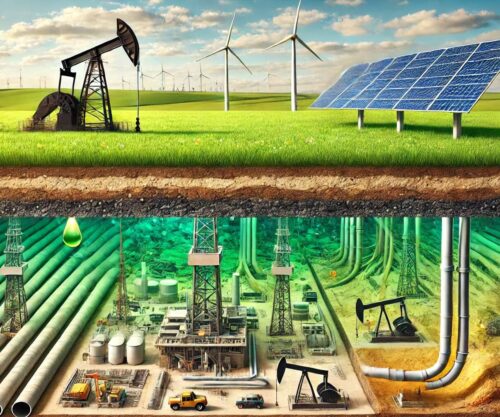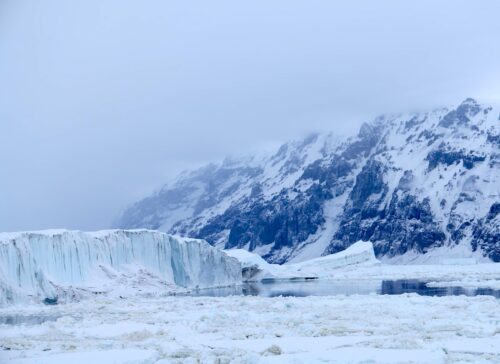Today’s post is Part 6 in the THB series, Weather Attribution Alchemy.
Last month, climate scientist Kate Marvel of NASA shared “something I have really struggled with” about extreme event attribution. [emphasis, links added]
She was speaking as an invited expert in a public information-gathering session of the U.S. National Academy committee1 on extreme event attribution.
Marvel, who also served at the lead author on the chapter on “Climate Trends” in the 2023 U.S. National Climate Assessment,2 explained to the committee that her struggle resulted from the seemingly contradictory findings of (a) the IPCC — which does not detect long-term trends in most metrics of extreme weather, and (b) claims made of extreme event attribution — which seem to find large changes in just about every type of extreme weather:
There’s not [in the IPCC] a lot of “we have a really robust attribution of these long-term trends to human activities,” and that might seem to fly in the face of, “OK well this heat wave is X% more likely or severe or whatever due to human activities.” That’s something I have really struggled to bridge when I’m talking to the public.3
Marvel’s struggle is real.
As I have documented extensively here at THB, the findings of the IPCC on detection and attribution are indeed at odds with the headline-generating pronouncements of the extreme event attribution community.
Reconciling the differences between the two does not, however, require a struggle.
The IPCC has for decades played things (mostly) straight in assessing the peer-reviewed literature on detection and attribution associated with extreme weather events.
In contrast, extreme event attribution is alchemy conjured up largely outside the peer-reviewed literature and promoted via press releases.
Today’s post pulls back the curtain on World Weather Attribution (WWA), which is surely one of the most successful marketing campaigns in the history of climate advocacy.
I call it a marketing campaign based on how they describe their goals:
- “[I]ncreasing the ‘immediacy’ of climate change, thereby increasing support for mitigation”
- “Unlike every other branch of climate science or science in general, event attribution was actually originally suggested with the courts in mind.”
WWA has found considerable traction despite its disdain for peer review — its press releases generate headlines around the world, show up in legal filings, and are even widely cited in the peer-reviewed literature.
WWA is also central to the current National Academy of Sciences/Bezos Earth Fund extreme event attribution study, which has the same funder as WWA and membership on the committee itself.
If you read the first five parts of this THB series on Weather Attribution Alchemy, you’ll quickly learn that my concern is not to quibble about the small methodological details of extreme event attribution.
Instead, my critique is that extreme event attribution is pseudoscience, seemingly created to undermine the scientifically robust detection and attribution framework of the IPCC.
Despite its public relations successes, few know what the WWA actually does and how it does it in linking seemingly every notable weather event to climate change (and as THB readers know, climate change is not a cause).
This is the first of two posts describing the methods of WWA and how those methods are used to generate eye-popping results that make headlines around the world.
The approach used by World Weather Attribution to identify the “effect of global warming on recent extreme events” has, by their accounting, eight steps.
The first is to identify an event that has just happened with some sort of notable impact.
The second step involves identifying a specific variable to characterize the event and on which to center the analysis — such as daily high temperatures over 40°C or maximum five-day rainfall each year.
The third step is crucial and the focus of this post:
The next step is to analyse the observations to establish the return time of the event and how this has changed. This information is also needed to evaluate and bias-correct the climate models later on, so in our methodology the availability of sufficient observations is a requirement to be able to do an attribution study.
Both sentences here are important. The observational time series serves two purposes: (1) establishing how the extreme event has changed (i.e., establishing a trend) and (2) serving as a filter to select which model runs are deemed relevant to making attribution claims.4
How long a time series is required to adequately determine the return time of the event? WWA explains that,
A long time series is needed that includes the event but goes back at least 50 years and preferably more than 100 years.
The statistics of the observational time series are assumed to be characterized by an extreme value distribution (and it appears that the generalized extreme value (GEV) function is typically preferred in WWA studies).
If you are interested in a fantastic short (~7 minute) tutorial on GEV, click on the video below:
WWA makes two further assumptions that are fundamental to their methodology and their results:
- “[T]he distribution [of historical observations] only shifts or scales with changes in smoothed global mean surface temperature (GMST) and does not change shape”
This means that the distribution of the relevant variable is assumed to be stationary (unchanging) except for the influence of changes in the global mean surface temperature.
There are three huge problems with this assumption.
The Honest Broker is written by climate expert Roger Pielke Jr and is reader-supported. If you value what you have read here, please consider subscribing and supporting the work that goes into it.
Read rest at The Honest Broker




















The truth is coming out about this whole Global Warming/Climate Change Scam of the UN/WEF/CFR Scam